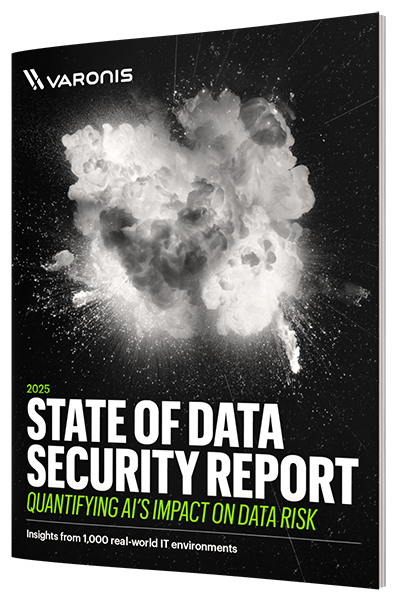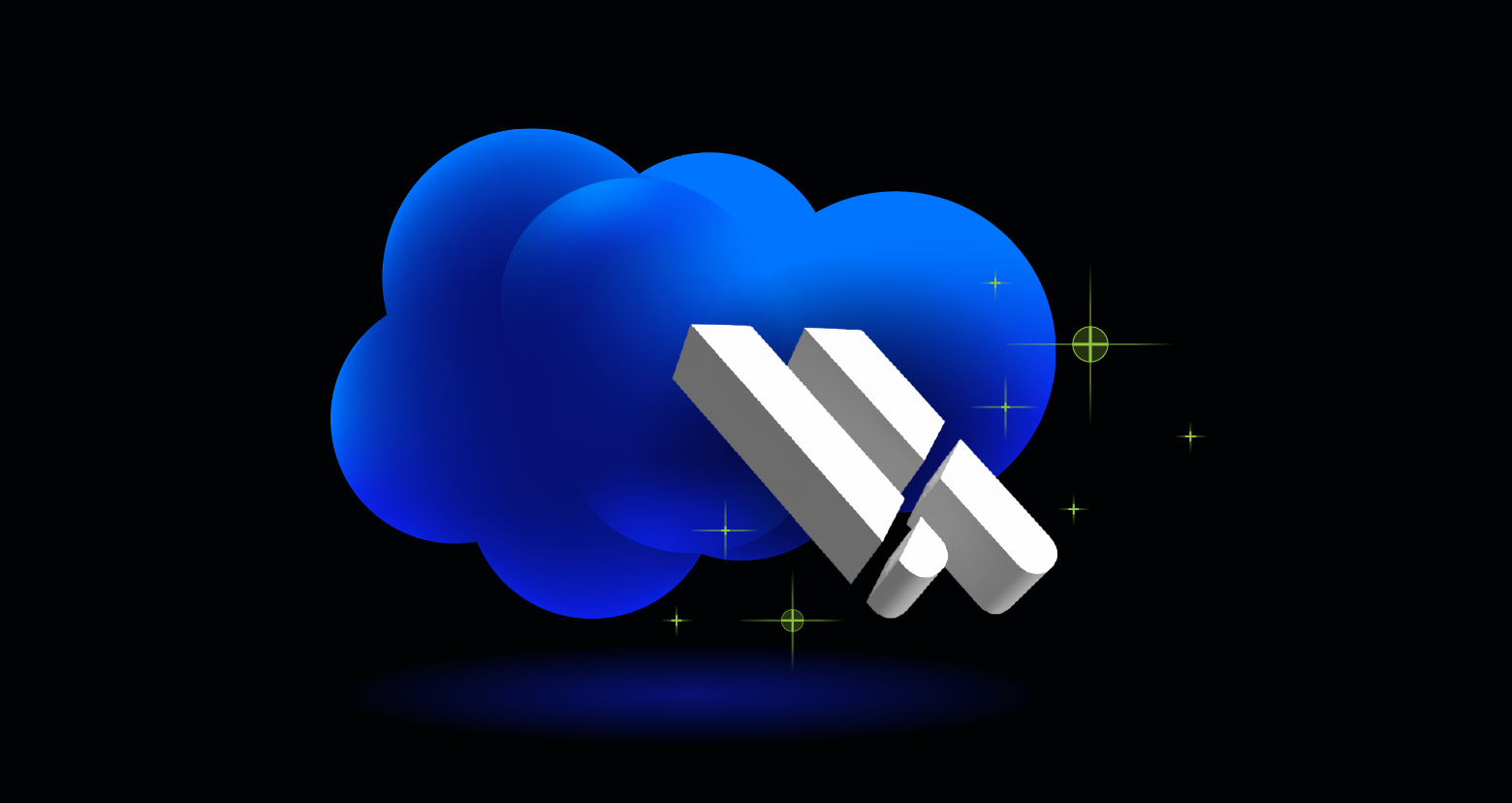It’s no secret that AI can bolster productivity in any organization. As with any major technological leap, however, risk scales with progress.
In the Varonis 2025 State of Data Security Report, our team found that 99% of organizations have sensitive data dangerously exposed to AI tools. Critical data that isn’t locked down can be surfaced by AI, and exposed training data is vulnerable to breaches and brings another risk — AI model poisoning.
This blog explores model poisoning, how it works, and ways you can protect your organization from this AI-related risk.
What is AI model poisoning?
Model poisoning is an AI cyberattack method that targets the training data of a large language model (LLM). The attack aims to introduce malicious data into the training process to alter the model’s predictions. Doing so manipulates the LLM’s behavior, causing it to do or say whatever an attacker wants.
For the full scoop, check out our video on understanding AI, model, and data poisoning:
How are AI models poisoned?
AI models run on valuable data and drive critical business decisions. With poor access controls or safeguards protecting the data resource, malicious actors can manipulate ( or poison) training data to produce unintended results when users interact with the chatbot or agent.
AI applications running on poisoned models can further produce harmful content or actions.
An attacker, for example, might manipulate the payment data associated with a vendor that the AI model has been trained on. If an employee then queries the AI for the vendor’s bank details, they will receive the manipulated information.
Model poisoning can also happen accidentally. If an analyst at a biotechnology company inadvertently trains a model on inaccurate or outdated data, doctors and medical staff could make the wrong decisions for a patient’s health.
In a recent Speed Data episode, Avi Yoshi, CTO of Microsoft Israel, commented on the threat level of AI, saying:
The biggest threats I see are AI-enabled attacks. Every CISO, every organization — even organizations that are just thinking about using or implementing AI — should think about what attackers will do with such a weapon in their hands.
Avi Yoshi, CTO, Microsoft Israel
Regarding model poisoning, Avi went on to say, "By grabbing my training data for AI, the attacker can manipulate the outcome without stealing the data.
What can my organization do to prevent model poisoning?
A single poisoned model can wreak havoc at scale. Consider an organization with 2,000 employees who make 20 prompts a day, five days a week — that’s 200,000 poisoned responses an AI agent can produce.
Despite these risks, dismissing AI entirely would mean overlooking the immense potential it has for productivity and efficiency. The key to enterprise AI adoption is responsibly and safely integrating it into your tech stack.
By implementing robust safeguards and continually managing risk, organizations can harness the power of AI while protecting their data.

Reduce your blast radius
One of the first steps in minimizing the impact of potential breaches starts with limiting the amount of damage an attacker can do if they gain access to your training data.
The sheer breadth of enterprise data makes manual classification difficult, making automation a key aspect of reducing your blast radius. Tools like Varonis scan your full data estate and automatically detect and fix misconfigurations or unnecessary permissions. Doing so reduces the scope of accessible data based on the context, maximizing employee productivity and security at once.
Even after these practices are implemented, you need to continually monitor user permissions, enforce least privilege access, investigate abnormal prompt patterns, and lock down unnecessary credentials and stale accounts.
That way, when breaches occur, the impact is minimized.
Approach AI security holistically
Data powers AI. If your training data is exposed, it can be manipulated by threat actors. To prevent AI-related breaches, it’s important to adopt a holistic approach to data security.
A holistic approach begins with an understanding of your training data — what it is, where it is and who can access it. Solutions like Varonis provide a complete, real-time view of sensitive data, configurations, identity, and activity.
Our platform automatically classifies your training data, applies the right permissions, and continuously monitors changes, so you always have an up-to-date picture of your risk landscape. When suspicious behavior is detected, you’re instantly alerted, enabling you to respond swiftly and stop threats before they escalate.
By continuously monitoring your data, automating access governance, and employing proactive threat detection, you can prevent threat actors from using your models against your organization.
Use AI for good
Despite its risks, AI remains an incredible tool for security teams.
Tools with AI capabilities like Varonis let organizations detect when sensitive data is added to training sets and trigger alerts when AI training data is modified. If a model begins producing unexpected outputs for known inputs, AI can help flag this as a potential poisoning event.
You can even use AI as a training tool, simulating poisoning attacks and mimicking attacker behavior to test the defenses and the processes security teams have in place.
AI can act as a frontline SOC analyst that never sleeps. These tools can identify threats faster than human teams alone, providing defenders an edge over attackers.
Implement AI safely with Varonis
Deploying AI isn’t as simple as flipping a switch. With Varonis, organizations can confidently implement AI while keeping their sensitive data safe.
Varonis AI Security offerings include:
- Real-time risk analysis to show you what sensitive data is exposed to AI
- Automated risk remediation to eliminate data exposure at scale
- Behavior-based threat detection to identify abnormal or malicious behavior
- 24x7x365 alert response to investigate, contain, and stop data threats
Are you looking to integrate an AI tool in your organization safely? Start with our free Data Risk Assessment for an in-depth look at your data and blast radius.
What should I do now?
Below are three ways you can continue your journey to reduce data risk at your company:
Schedule a demo with us to see Varonis in action. We'll personalize the session to your org's data security needs and answer any questions.
See a sample of our Data Risk Assessment and learn the risks that could be lingering in your environment. Varonis' DRA is completely free and offers a clear path to automated remediation.
Follow us on LinkedIn, YouTube, and X (Twitter) for bite-sized insights on all things data security, including DSPM, threat detection, AI security, and more.








-1.png)